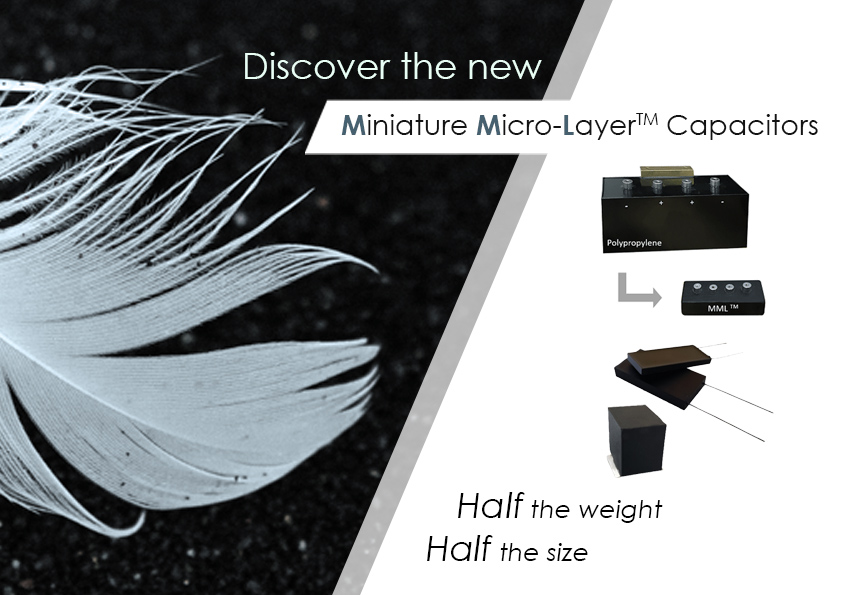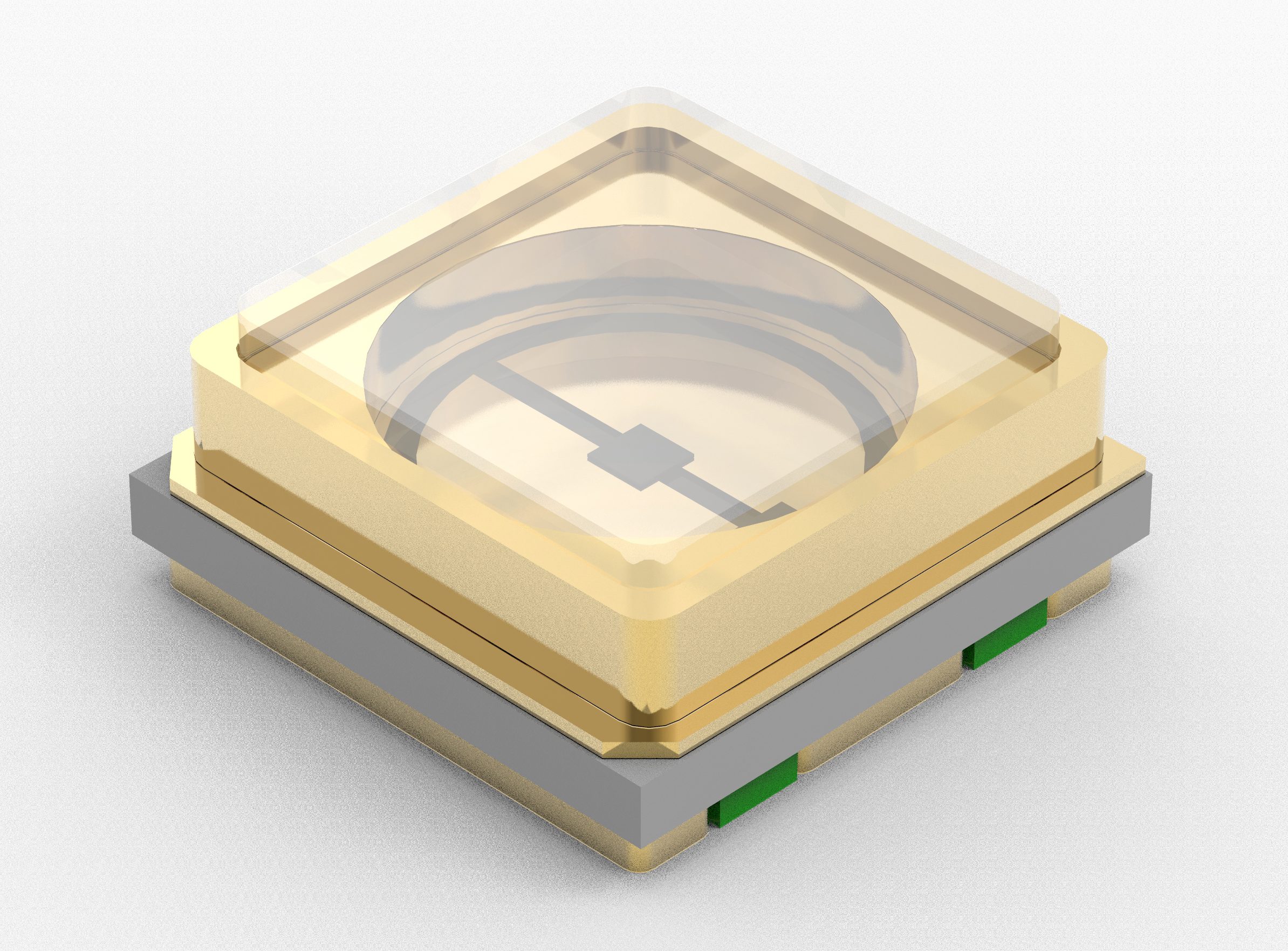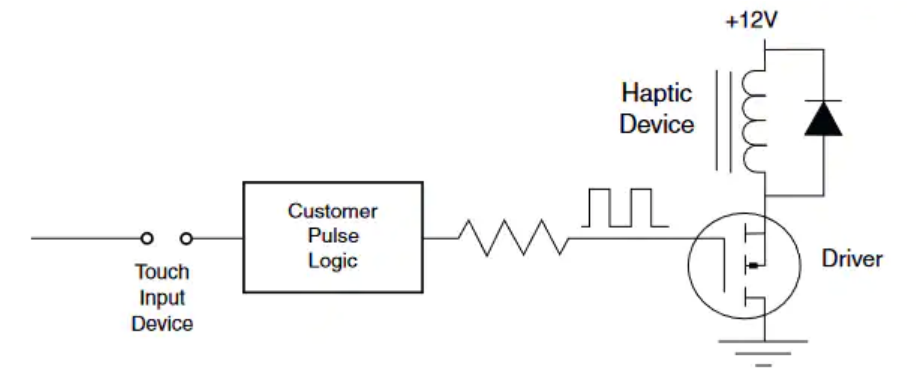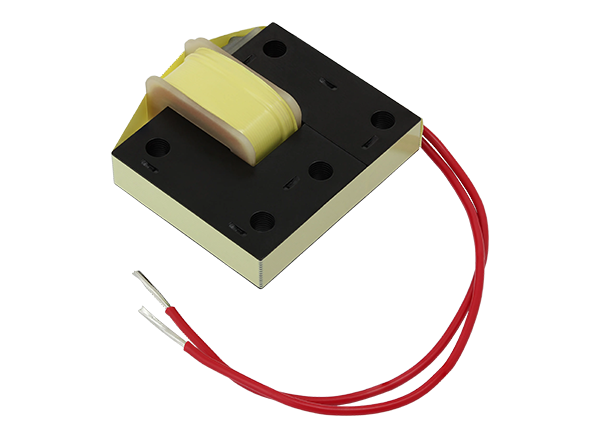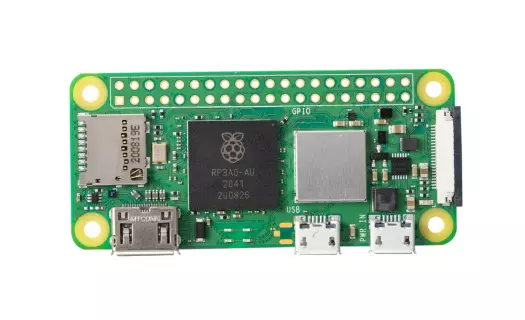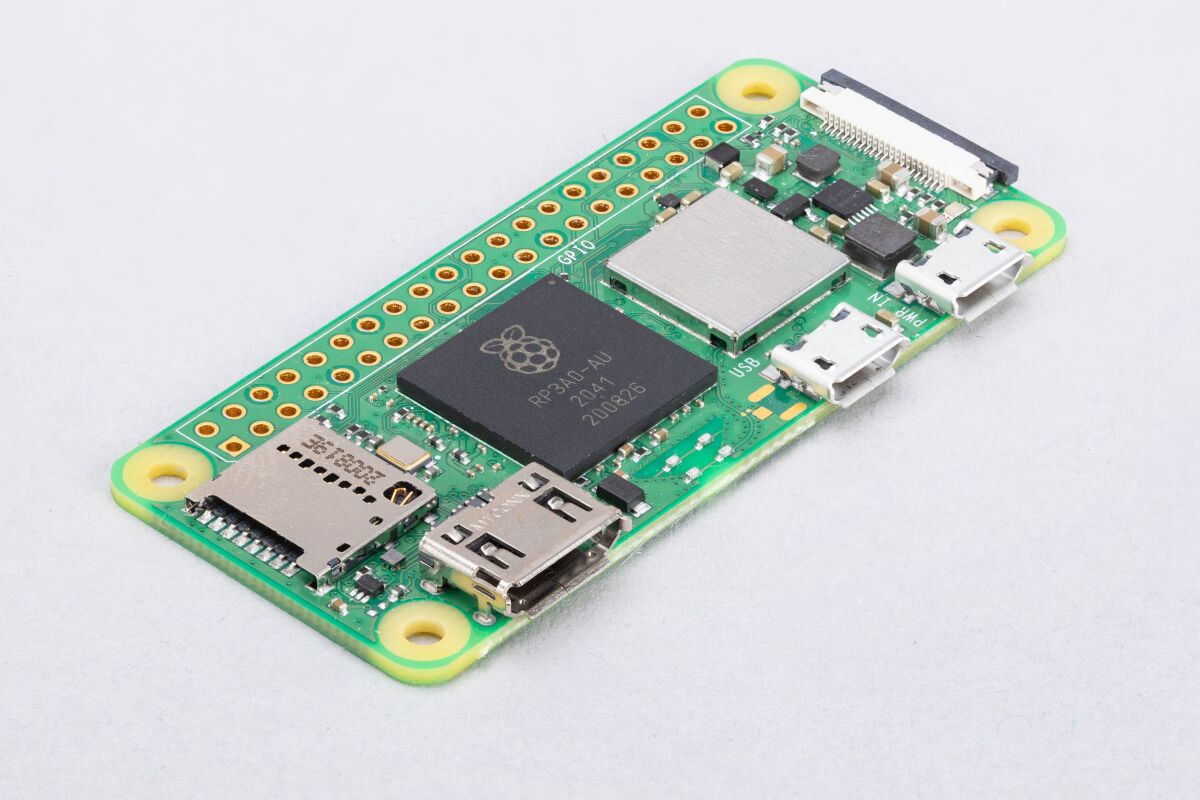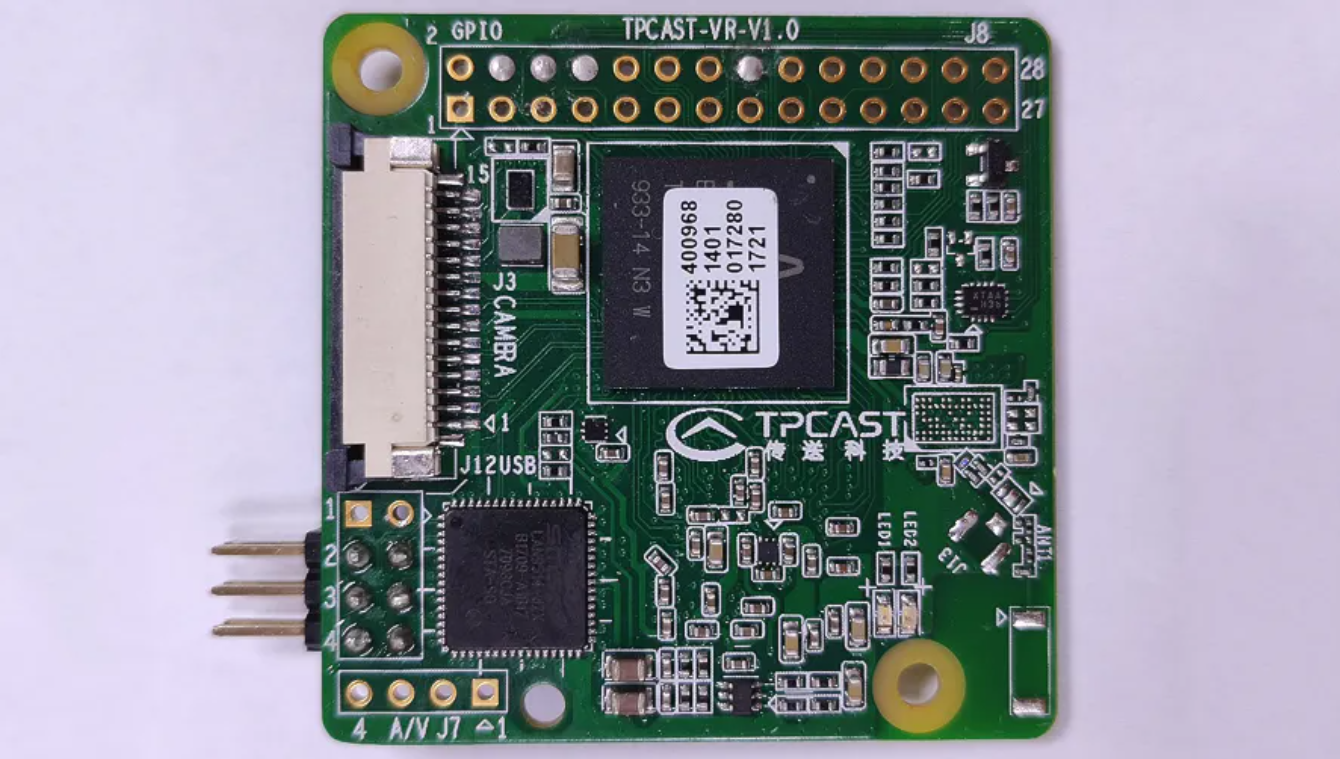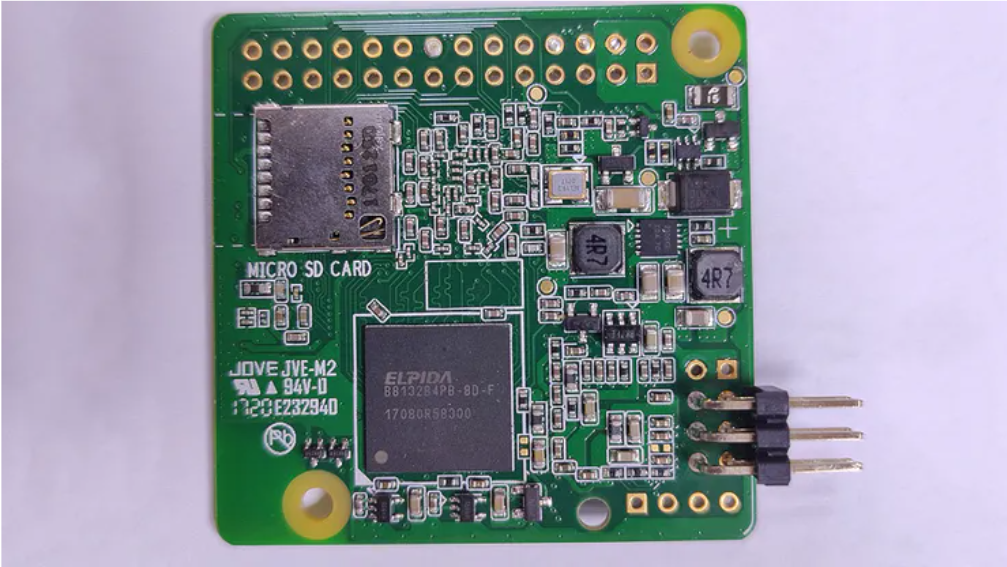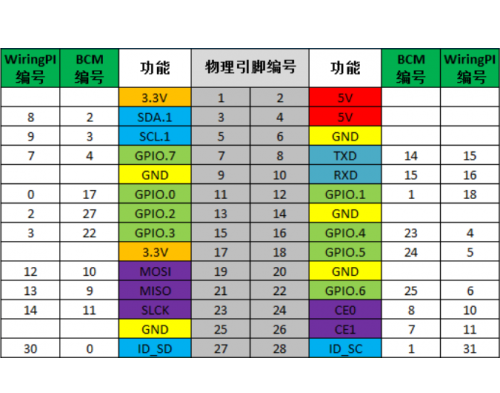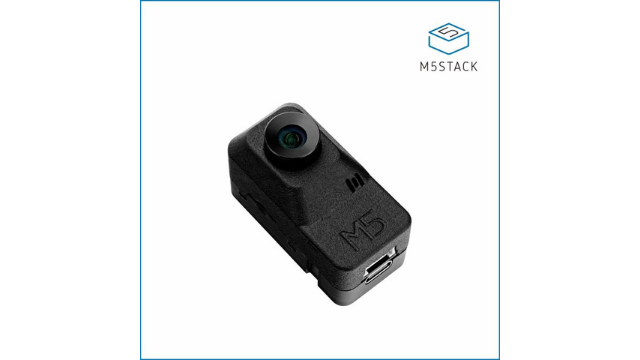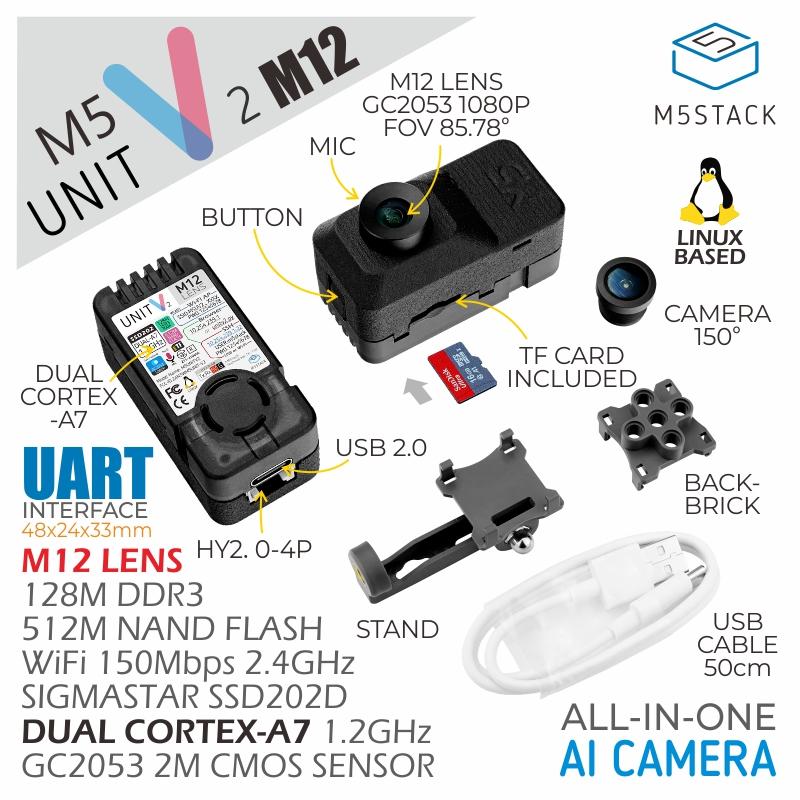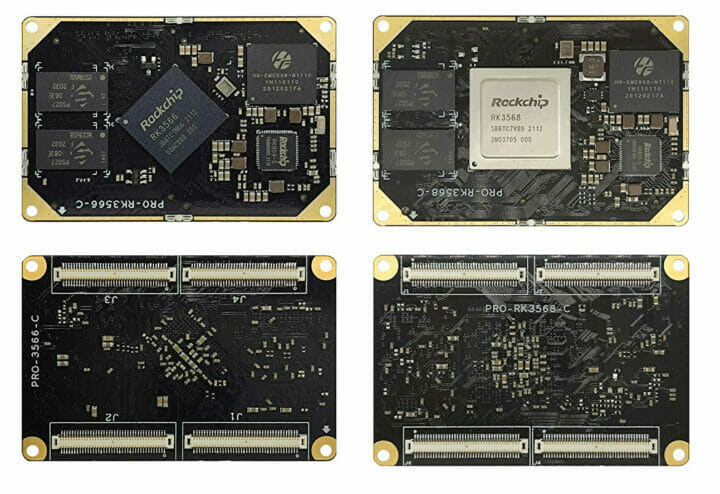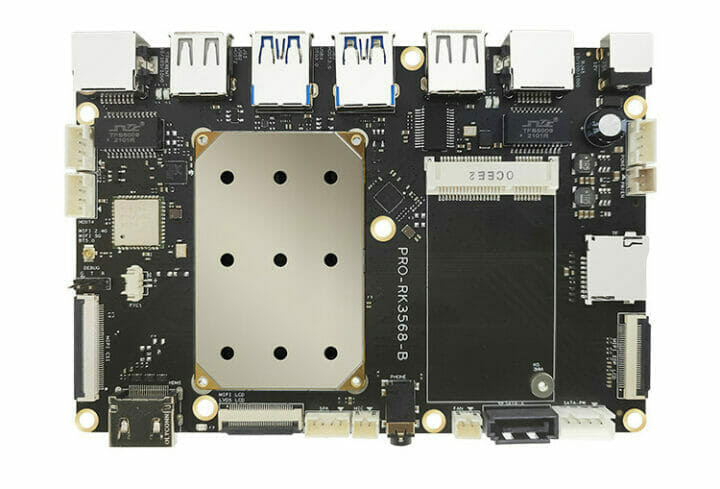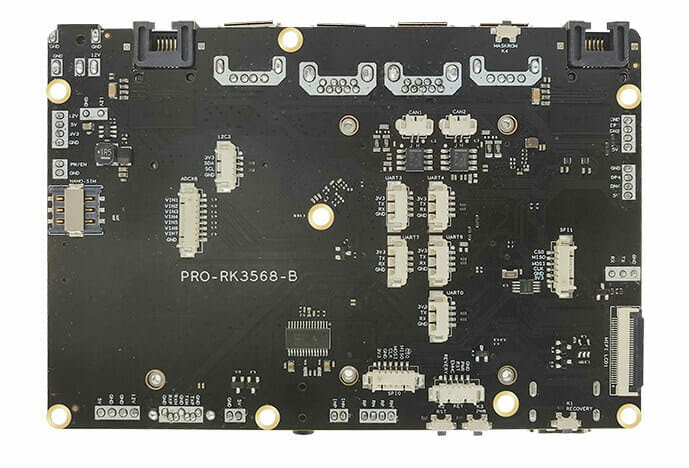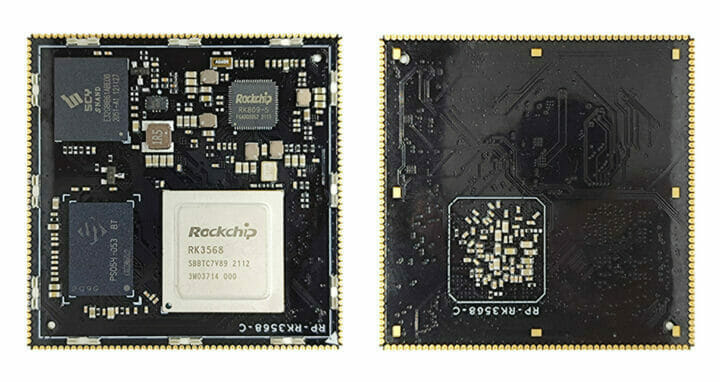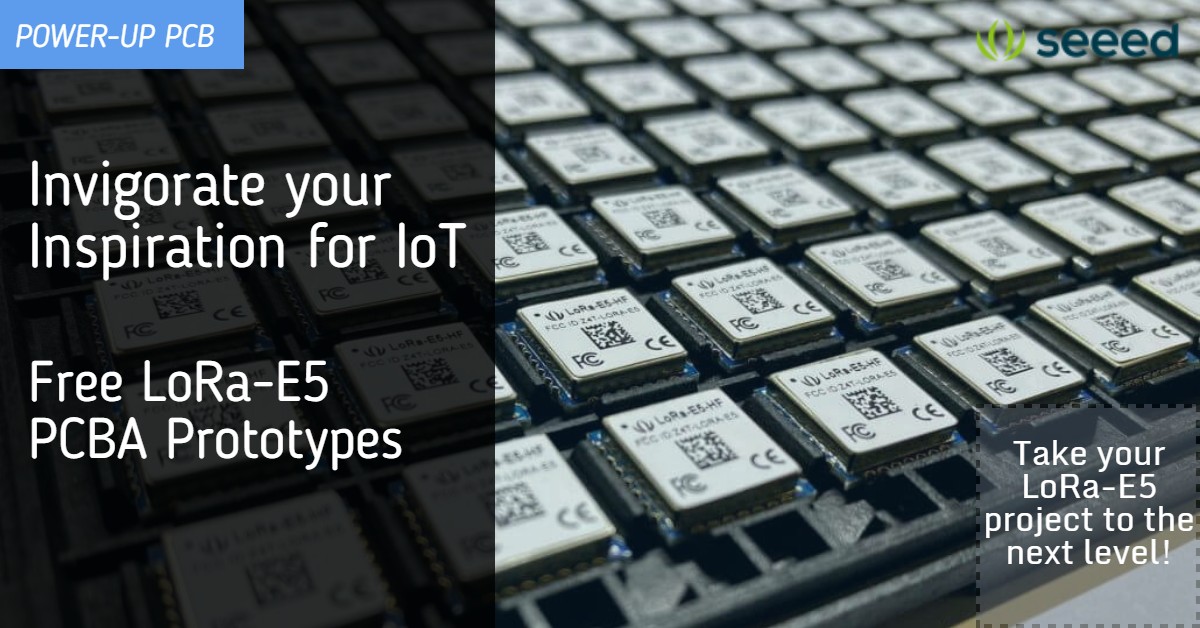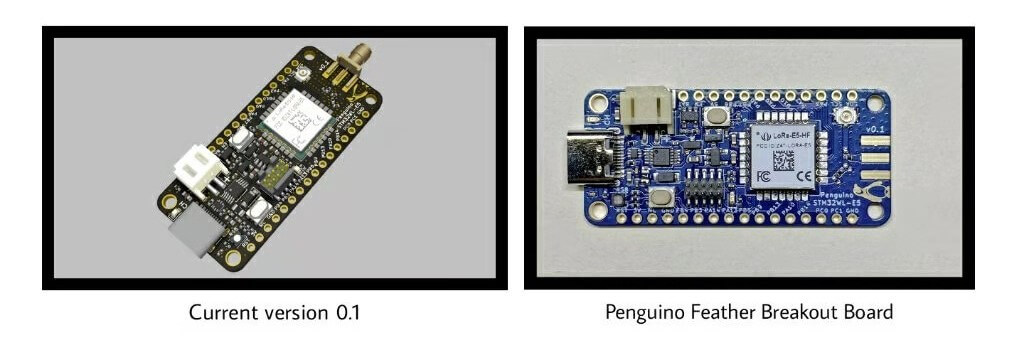Vishay Intertechnology, Inc. today announced a new modular panel potentiometer that delivers industry-high rotational torque of 8 Ncm — 200 % higher than the closest competing device — for off-road, aeronautics, and industrial applications. Featuring up to seven modules, the Vishay Sfernice P11H is offered in a compact 12.5 mm size with a 6.35 mm shaft diameter.
The high rotational torque of the device released today allows for stability under harsh environmental conditions like temperature changes and high humidity, while permitting the potentiometer to maintain its setting / shaft positioning when exposed to high vibration and shock. The device provides smooth rotational torque over its entire 50,000 cycle lifespan, with a variation of < 20 %.
The P11H will serve as a voltage divider or rheostat for light, radio volume, and air conditioning control in tractors and construction equipment, in addition to industrial tool setting and electric welding, motor speed, and low power control. The device’s cermet element provides better stability than carbon elements for these applications, while its 1,500 VRMS dielectric strength offers greater reliability and robustness.
Operating over a temperature range of -55 °C to +125 °C, the P11H provides standard resistance values of 1 kΩ, 4.7 kΩ, 10 kΩ, 47 kW, and 100 kΩ, with a contact resistance variation of 2 % or 3 Ω, and low TCR of ± 150 ppm/°C. RoHS-compliant and tested in accordance with CECC 41000 or IEC 60393-1, the potentiometer is available with custom shafts, leads, connectors, and other value-added options.
Samples and production quantities of the P11H are available now, with lead times of 16 weeks. For more information, please visit https://www.vishay.com/product?docid=51087.


